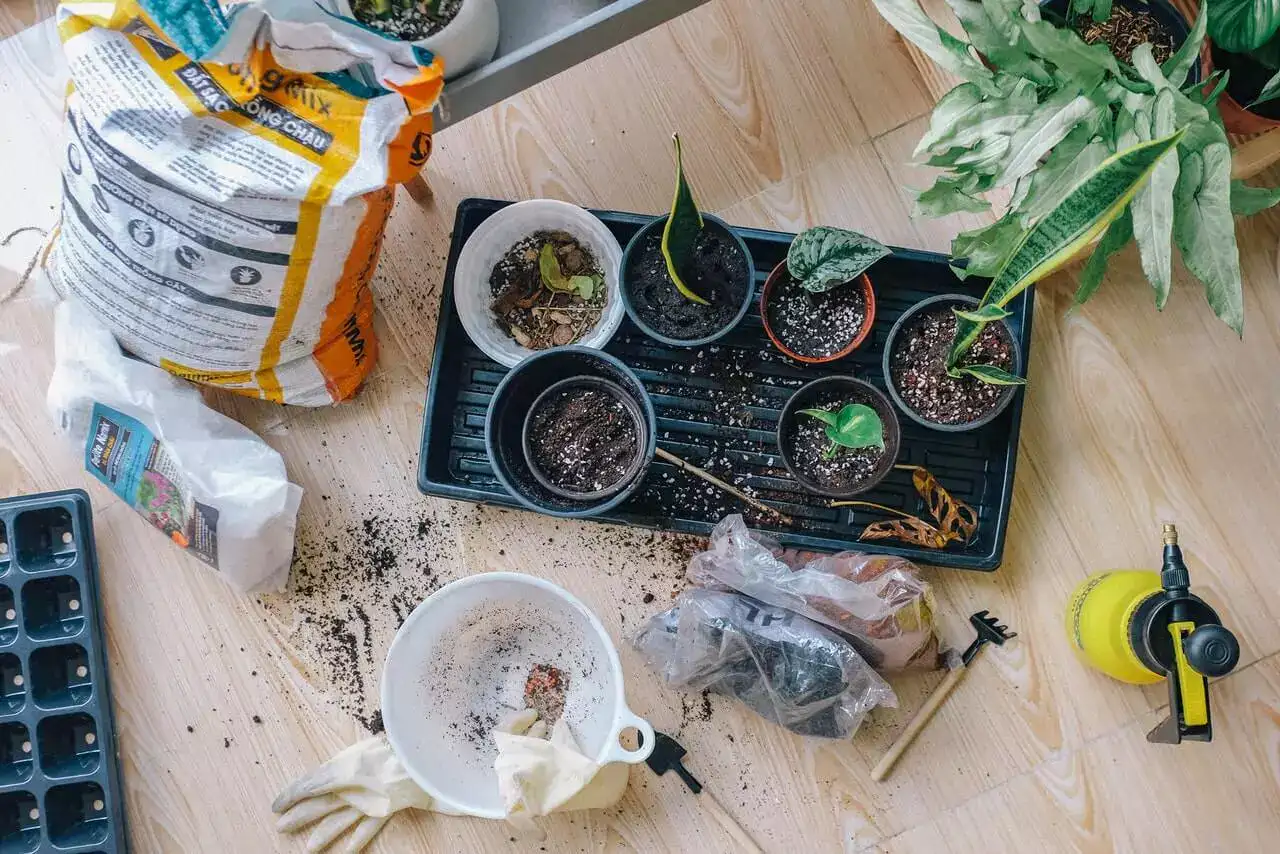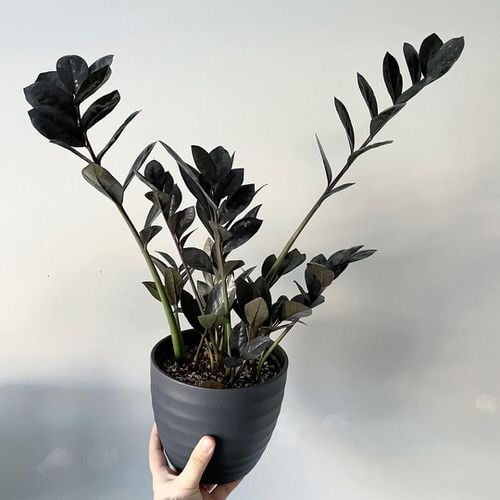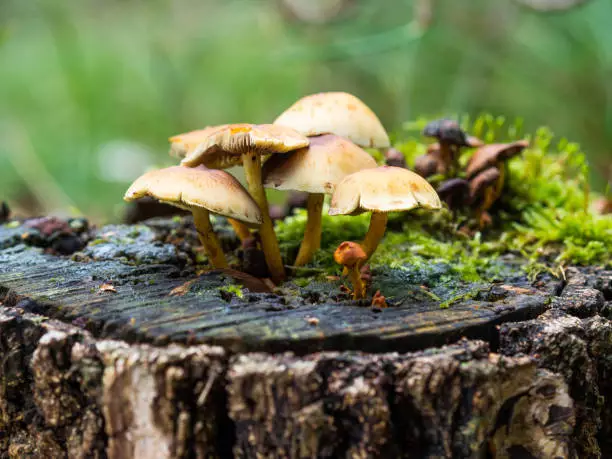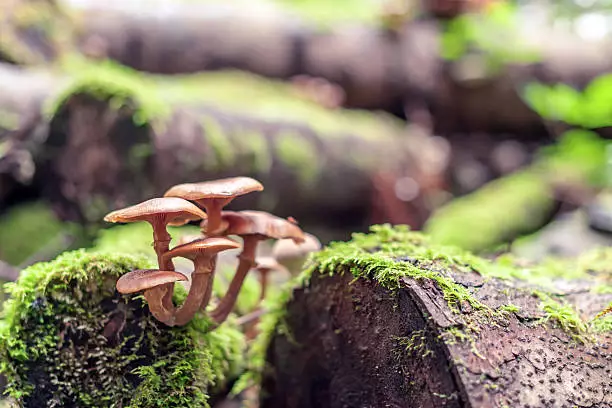Monteras are hardy but they’re susceptible to root, leaf, and stem rots. Root rot occurs due to several reasons but the most common one is overwatering. When left untreated, root rot disease can kill the plant.
Signs of monstera root rot include black-brown, mushy roots, yellowing leaves, and stunted growth. Remove the monstera from the pot, cut off the affected roots and clean the healthy ones with a dilute hydrogen peroxide solution to treat root rot. Repot the plant using a new potting mix to revive it.
Signs of root rots in Monstera plant
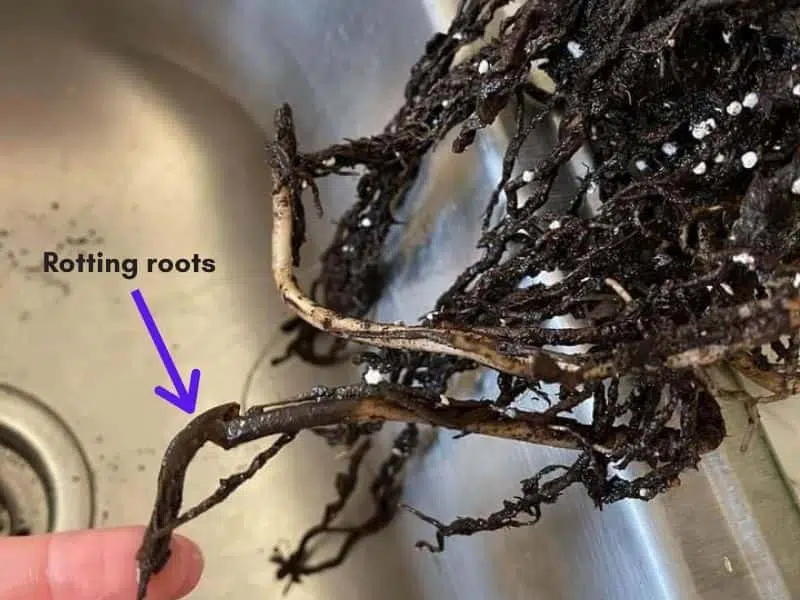
It can be difficult to identify root rot disease in plants. Most signs will start appearing once the infection has spread extensively on the roots. Unfortunately, some of these signs may indicate other problems, hence challenging to point the issues solely to root rot.
Here are the signs of root rot in monstera plants:
Foul odor coming from the roots
Root rot makes the roots have a foul odor. If you can detect the smell early enough, you can save your plant from suffering any further damage. If not treated early, the infections might spread to the leaves and the stems of the plant.
Black spots
Black spots on the leaves may indicate root rot. Pathogens and bacteria usually take over the plant endangering the existence of your Montera. A yellow hue often surrounds the black spots.
Brown and mushy roots
The rots often leave the roots mushy, weak, and brown. Normally, it’s hard to identify or notice these roots. However, since they are weak, they sometimes break down and slightly pull the plant away from the pot. You might need to dig a little dip on the Montera plant and check the roots.
The leaves turning yellow and brown
Foliage act as a reflection of the healthy roots and soil of any plant. Yellow or brown leaves are mostly a result of overwatering or root rot.
Stunted growth
Since they are sturdy plants, Monteras don’t get infected or affected easily by common plant problems. Also, these plants shoot new growth every time it’s their growth season.
Unfortunately, Due to root rot, they might get stressed and depict little to no growth at all. When you notice this in your plant, the problem could be in the soil and the roots.
Wilted leaves
Wilting leaves occur due to scarcity of nutrients, as the plant can’t absorb the necessary nutrients from the soil. Lack of nutrients mainly occurs due to root rot or overwatering which makes it difficult for leaves to get the necessary nutrients to thrive.
Thin canopy
When the branches and stems of your Montera look brown, thin, or odd, it could probably mean that root rot has reached advanced stages. Worse still, the plant could be beyond repair. The plant may have undergone stress continuously because of overwatering and overfertilization without detection.
Monteras can survive with minimal care, but too much of anything may lead to several problems, root rot being one of them.
How to fix Monstera root rot
Once you know the definite problem, fixing it shouldn’t be a hustle. Here are things you can do.
1. Repot the plant
Getting your Montera plant out of the damp soil is the first step to take to treat root rot. Root rot occurs due to various reasons and repotting the plant can solve problems such as soggy soil, fertilizer salt burn, and fungal infections.
Here’s how to repot your monstera and treat root rot:
- Remove the plant from its old pot carefully
- Rinse off the excess soil from the roots.
- Identify the rotting roots (look for signs like mushy, dark, and smelly roots that fall off when you touch them).
- Trim all the affected roots.
- Treat the remaining roots with a mild hydrogen peroxide solution.
- Clean the old pot with a dilute anti-fungal solution.
- Fill the clean pot with a newly prepared potting mix.
- Replant the monstera in the pot.
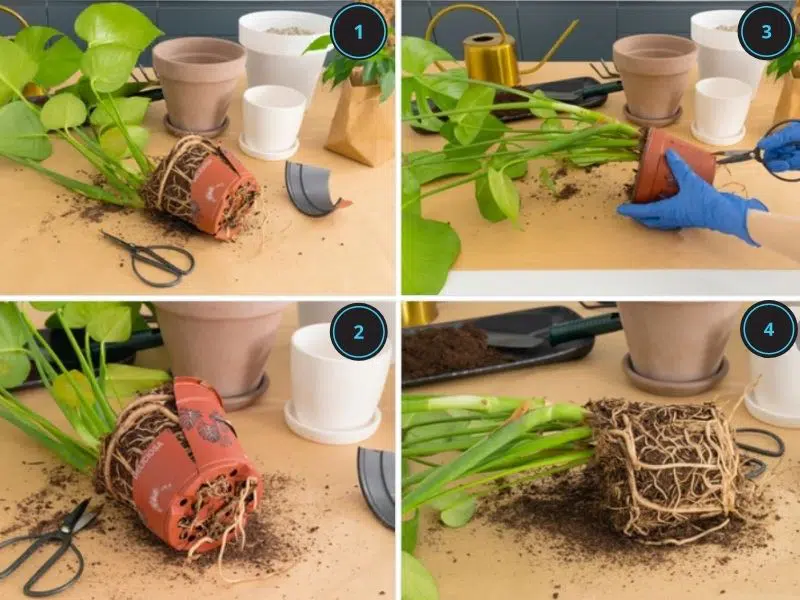
This should get rid of root rot disease effectively. You can use the old pot, but you need to clean it first. Treat the old potting soil by leaving it in the sun for 1-2 days and then throw it on your compost.
RELATED: WHAT TO DO WITH OLD POTTING SOIL
2. Cut off the affected leaves
Prune off the affected leaves to avoid further spread of fungal infections. Root rot is a fungal problem that can easily spread to other parts of the monstera plant. Prune your monstera to get rid of the brown spots.
To prune the monstera and fix root rot, wear your gardening gloves for protection and cut off the yellowing leaves at the stem using a clean, sharp knife or pruning shears. Throw away the infected leaves to avoid pathogens from spreading to the other plants.
3. Wash and disinfect the Monstera
If you’re not repotting the monstera plant, treat and disinfect the remaining roots to prevent re-infection. Simply dip the roots into an anti-fungal solution such as dilute hydrogen peroxide or another root rot treatment that can get rid of the fungus.
Pro tip: Mix an anti-fungal root rot treatment with water during watering to prevent fungal infections from recurring in your monstera plants.
4. Use a well-draining pot and soil
Poor drainage leads to root rot because the planter probably doesn’t have a draining hole or the soil isn’t well-draining. When the soil in the pot stays overly moist with few air pockets, your monstera will be deprived of enough oxygen.
Choose a pot with a few draining holes to allow the soil to drain well. When you water, you should be able to see some water running at the bottom. Some water should collect on the pot’s saucer if you have one.
The plant needs more water in summer and less in winter. Thus, it would help if you watered accordingly, depending on the season.
5. Place your plant in bright and indirect sunlight
Place your monstera in a place where it can receive enough light, such as near an east-facing window in your house. Enough light helps the plant heal faster and also facilitates photosynthesis, which ensures the plant uses the water in the soil.
Alternatively, supply the plant with artificial lightning using a LED grow bulb for indoor plants.
Can plants recover from root rot?
Plants can recover from root rot. However, you need to detect the problem early and apply the necessary measures to revive it. Unfortunately, if the entire root system has become mushy, it might be too late to save your plant.
Once you detect or suspect that your Montera plant could be suffering from root rot, you need to act immediately. With the proper measures, in no time, you will have your Montera back.
References and Resources:
[1] Jonathan H. Crane and Carlos F. Balerdi, University of Florida, IFAS Extension: Monstera Growing in the Florida Home Landscape
[2] Brian Hudelson, UW-Madison Plant Pathology, and Laura Jull, UW-Horticulture: Root Rots on Houseplants
[3] James H. Blake, EdD, Extension Associate/Adjunct Professor, Dept. of Plant and Environmental Sciences, Clemson University: Houseplant Diseases & Disorders
